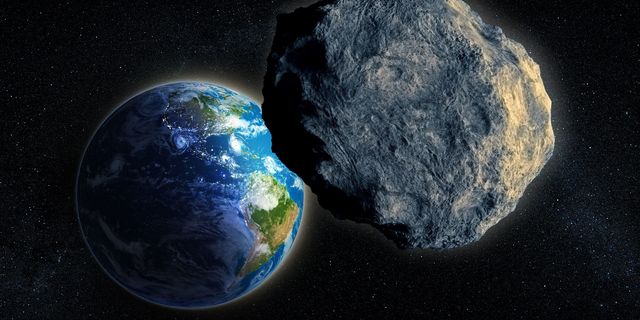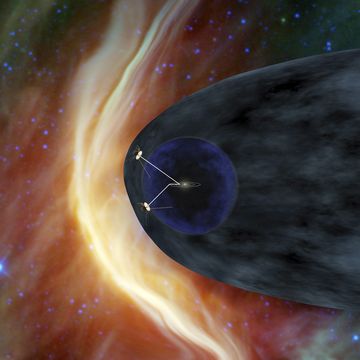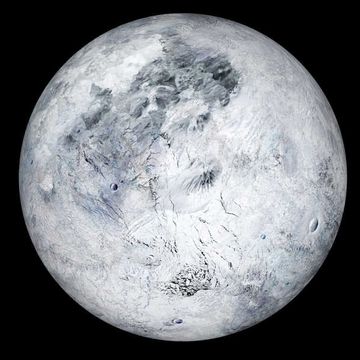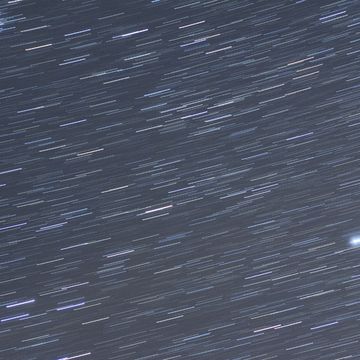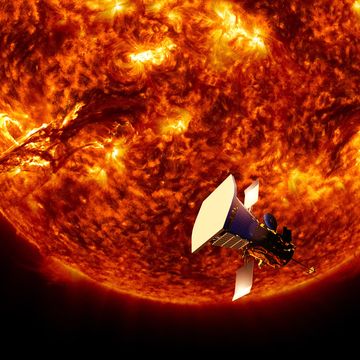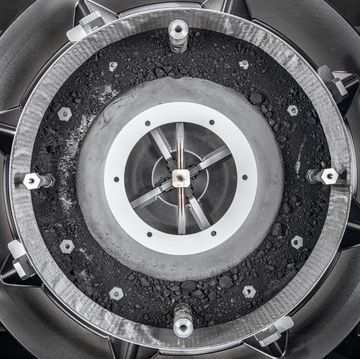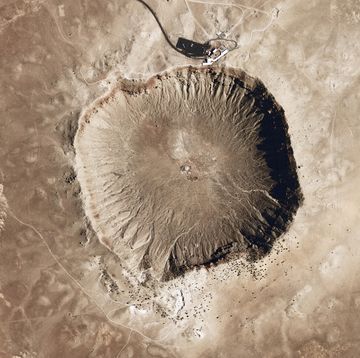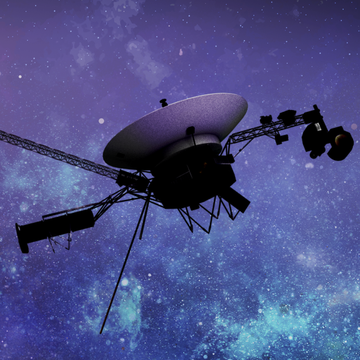An asteroid between 16 and 34 meters in diameter (36 and 112 feet) flew by the Earth this morning, about twice as close to our home planet as the moon. The asteroid, named 2017 AG13, was only discovered on Saturday, January 7, by the Catalina Sky Survey, according to space and weather publication The Watchers. It made it's closest approach at about 7:50 a.m. EST, according to JPL data.
If 2017 AG13 had slammed into the Earth, it likely would have been similar to the Chelyabinsk meteor that entered Earth's atmosphere over Russia in February 2013, which was estimated at about 20 meters (66 feet) in diameter. A meteor of that size will mostly burn up in the atmosphere, but depending on the angle of entry, a significant amount of burning hot debris can make it through, possibly destroying property and injuring people as the Chelyabinsk meteor did. The blast of such a meteor burning up would be about 30 times as powerful as the atomic bomb dropped at Hiroshima, but at a distance of roughly 10 miles high, people on the ground would be mostly safe.
Still, not knowing about near-Earth objects (NEO) until days before they fly close to the Earth is slightly concerning. NASA understandably focuses on larger NEOs, ones closer to 140 meters (460 feet) in diameter that could cause catastrophic, life-threatening impacts if we didn't see them coming. We are inevitably going to miss some the size of 2017 AG13, which flew 0.00139 AU from Earth, about 129,000 miles, or 54 percent of the distance to the moon, according to JPL data. But on October 31, 2015, an asteroid 470 meters in diameter (1,500 feet) flew by the Earth just barely beyond the orbit of the moon, and we only knew about it 21 days beforehand. If a 15,000-foot asteroid slams into the Earth, the loss of life would be cataclysmic.
If we detect a large NEO well in advance—months or preferably years before it reaches us—then we could likely find a way to redirect its trajectory so it misses the planet. We could slam an impactor into an asteroid to change its course while it's still far away or, in a last-ditch scenario, hit it with with a nuke. But unfortunately for NEO-hunters, NASA just picked two new space missions as part of its Discovery program, and neither were the Near-Earth Object Camera (NEOCam), a proposed space telescope that would detect ten times as many large NEOs (bigger than 140 meters) than any sky survey before.
These close brushes with asteroids are more common than you might think. At least 35 more NEOs are going to fly closer to Earth than the moon this month alone, according to JPL. The last time NASA missed one, a 15-to-30-meter (50-to-100-foot) asteroid that they discovered only hours before closest approach, was just this past August.
Congress has tasked NASA with discovering 90 percent of potentially hazardous NEOs over 140 meters by 2020, but the agency is nowhere near that goal. And after passing on the NEOCam, it's hard to say when NASA will devote significant resources to finding more NEOs.
The big one is coming. The question is, will we find it in time?
Source: JPL via Business Insider

Jay Bennett is the associate editor of PopularMechanics.com. He has also written for Smithsonian, Popular Science and Outside Magazine.
